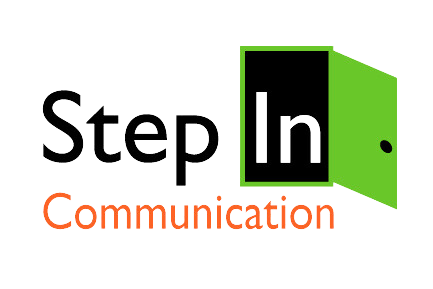
Impressions are becoming an increasingly attractive metric for clients who are trying to distance themselves from using the outdated Advertising Value Equivalencies (AVE).
It’s hard not to love a metric that has the ability to be gleaned from websites, digital publications and every social media channel we’re using. But guess what? The way many organizations are reporting impressions today is as convoluted and inaccurate as the AVEs are.
How did we get to the point where impressions became the answer to all our measurement problems?
The Rise of Impressions in Reporting
Digital advertising is the first place I recall seeing this metric used. Particularly when paid media teams began to report on digital success. In some ways, we traded circulation figures which were used in print magazines and newspapers for impressions. The difference is that circulation figures were careful vetted by an audit board. A third party verified that you sold the number of magazines you said you sold. There is no such third party for today’s digital publications. We are reliant on in-built tools that report page views, impressions and others.
At some point, someone got the brilliant idea to add them all up. It’s a bigger number, it’s more impressive and summarizing a campaign is so much easier with a single large number. Clients love it! Donors are impressed. Awards panels say wow! This is the point at which the “sin of measurement” becomes widespread. The simple math equation is almost always overinflated just for that wow moment.
How NOT to Count Impressions
When we take a series of publications and add up all the impressions to get a campaign total, that’s when we get into trouble with using the number. Here’s an example of how impressions should not be counted.
Everyone loves football. In July 2015, the Washington Redskins communications team released a report on the coverage they received during the previous years’ training camp. Dan Steinberg reported on it in the Washington Post. You can read the full article here but this is the key quote that sums up the simple math we’re getting wrong with impressions.
“With the help of third-party media monitoring services Meltwater and TVEyes, the team put out a fancy 13-page report on its findings. That report determined, among other things, that there were “7,845,460,401 unique visitors of print/online coverage of the 2014 Bon Secours Washington Redskins Training Camp from July 24-Aug. 12.
That’s a big number. To put it in perspective, that’s considerably more than the population of Earth, which the Census Bureau estimates at 7.26 billion. Apparently, a lot of folks on Pluto were really interested in Colt McCoy’s progress.”
Dan Steinberg in the Washington Post
Further down in the story, the reporter shared that when he contacted one of the monitoring services, they explained that the number was a count of impressions, so anytime a person saw a story about the event, it counted.
The report concluded that the value of that media coverage was more than $76 million.
What the report didn’t show (and what the reporter identified himself) is that during a campaign, some of your fans/followers/readers will see your message multiple times. Raw impressions don’t solve for that. If you keep adding up impressions, giving a cumulative value over time, it becomes statistically inaccurate – like more than the number of people on Earth inaccurate.
What You Can Do TODAY to Make Reporting Impressions Accurate and Meaningful
- What would have made the Washington Redskins team report more meaningful is taking the sum total of impressions and dividing it by the number of news stories generated to derive an average. Then next year, you do the same thing. Is the average higher or lower? Now you have a benchmark.
- Track how your total impressions move up or down over time. For example, if you log the impressions you receive each month on Facebook and it’s around 10,000 and then one month, it’s suddenly 50,000, that’s a cue to look for a reason for the sudden change. It might be a key piece of content, conversation or ad.
- Use impression reporting as a gateway metric to dive deeper into more meaningful measurement like engagement and engagement rate on your social channels and in digital content.
Stop adding up those impressions because before you know it, you’ll have more impressions than there are people on Earth. And that’s out of this world.
